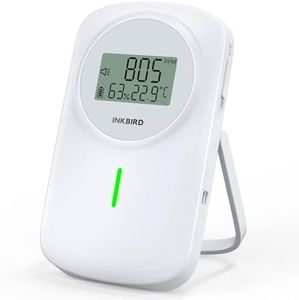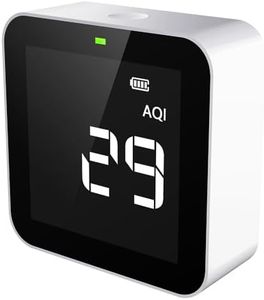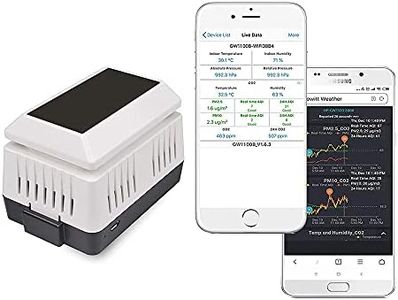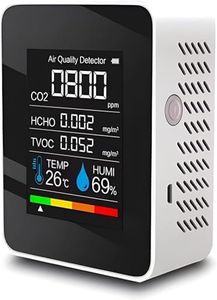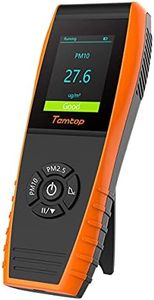We Use CookiesWe use cookies to enhance the security, performance,
functionality and for analytical and promotional activities. By continuing to browse this site you
are agreeing to our privacy policy
10 Best Air Quality Meters
From leading brands and best sellers available on the web.Buying Guide for the Best Air Quality Meters
When choosing an air quality meter, it’s all about understanding what you want to measure and where you’ll use the device. Air quality meters help you get insights into the cleanliness and safety of the air around you, whether it’s your home, office, or another environment. The best approach is to know which pollutants you care about, how often you’ll check the air, and whether you want simple readings or detailed reports. Knowing these things will help you navigate the options and select a device that’s perfect for your needs.Pollutant DetectionPollutant detection refers to which substances or pollutants the air quality meter can sense. Common examples are particulate matter (like PM2.5 and PM10), carbon dioxide (CO2), carbon monoxide (CO), volatile organic compounds (VOCs), and sometimes formaldehyde. This is important because not every area or situation requires monitoring of all pollutants—homes may care more about VOCs or dust, while industrial areas might be concerned about gases. Air quality meters vary in which pollutants they detect, so you should choose a device based on what’s relevant for your situation. If you want general home monitoring, getting one that covers at least PM2.5, CO2, and VOCs could be ideal. For more targeted needs, like checking for specific hazards, ensure the meter includes sensors for those.
Sensor AccuracySensor accuracy is about how precise and reliable the measurements from the meter are. This matters because inaccurate readings could either give you unnecessary worry or a false sense of safety. Most meters will list an error margin or range, such as ±5% for particulate matter. Meters with higher accuracy are better for sensitive situations, like homes with children, elders, or people with respiratory issues. Those using it just to get a general sense of air quality rather than for health-critical decisions can settle for less precise models. Always look for devices with clear documentation on their accuracy ratings.
Display and Data ReadoutDisplay and data readout refers to how the meter shows you its results, whether through a basic color-coded alert, a numerical display, or even an app interface. This is important because it affects how easy and clear it is for you to understand the air quality at a glance. Some people prefer simple, direct displays, while others may want detailed readings and historical graphs. If you like to track air quality trends or export data, look for meters with apps or more advanced displays; for quick checks, a basic model might suffice.
Portability and Power SourcePortability and power source describe how easy it is to move the meter around and what it uses for power—batteries, USB, or direct plug-in. This is important if you need to monitor multiple rooms or take the meter with you to different locations. Portable, battery-powered devices are great for on-the-go or spot-checks, while larger, plug-in models may work better for permanent home or office placements. Consider your own lifestyle and where you want to monitor air quality when making this decision.
Calibration and MaintenanceCalibration and maintenance refers to what’s required to keep the air quality meter working accurately over time. Some devices need regular calibration (which can be manual or automatic), and others have sensors that may need replacement after a few years. This is important because poorly calibrated meters give misleading results. If you want a low-maintenance solution, choose a device that is either auto-calibrating or has good support/documentation for easy calibration. If you’re comfortable with occasional upkeep, you can also consider models that need more hands-on maintenance.
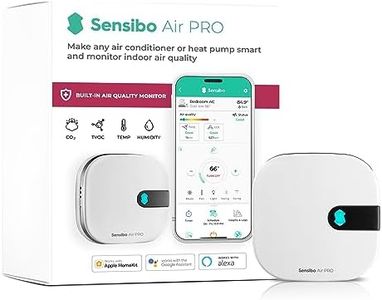
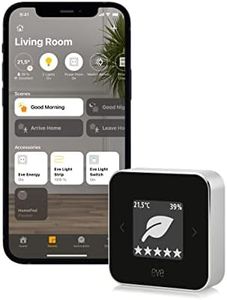
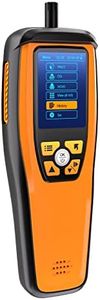
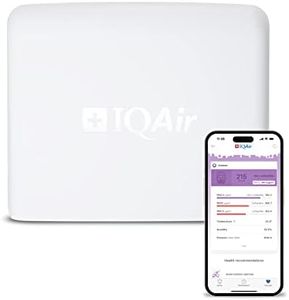
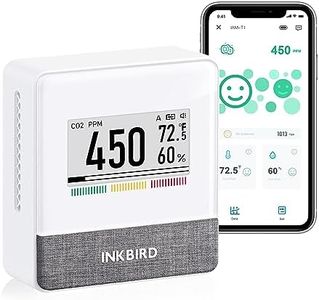

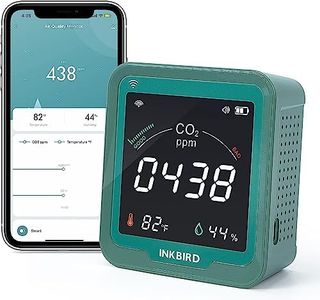
![Atmotube Pro Portable Air Quality Monitor [PM1, PM2.5, PM10, VOCs, Temperature, Humidity and Barometric Pressure Sensor]](https://images-proxy.bestreviews.guide/ktaYs8TF1PhxoJALM6Y9uV8VSJI=/0x300/https://m.media-amazon.com/images/I/31FvC1vXHpL._AC_CX679_.jpg)
